Home>Garden Essentials>Why Is Crop Rotation Important?
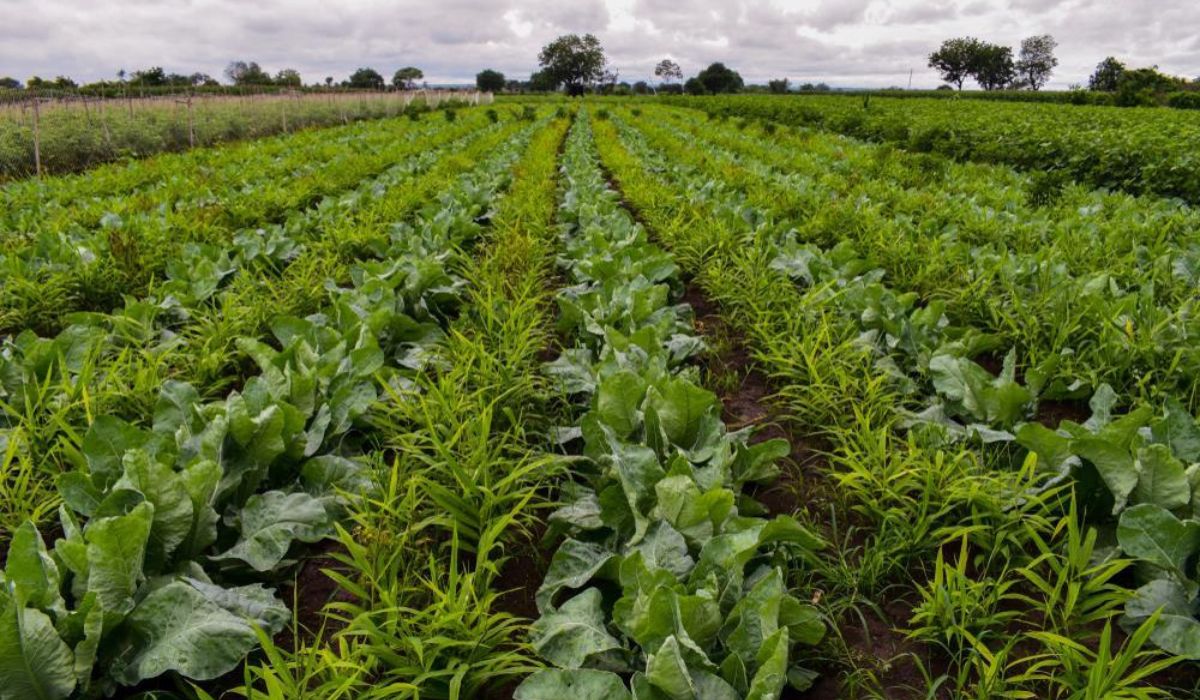

Garden Essentials
Why Is Crop Rotation Important?
Modified: March 16, 2024
Learn why crop rotation is important for your garden and how it can improve soil health, prevent pests, and increase yield.
(Many of the links in this article redirect to a specific reviewed product. Your purchase of these products through affiliate links helps to generate commission for Storables.com, at no extra cost. Learn more)
Introduction
Welcome to the world of gardening, where plants thrive in a harmonious environment and provide us with beautiful blooms, nutritious vegetables, and fresh air. Gardening is not just about planting and watering; it is a science that requires knowledge and expertise to cultivate healthy and thriving plants. One of the key practices in gardening that contributes to the success of a garden is crop rotation. In this article, we will explore why crop rotation is important and how it benefits both plants and gardeners.
Crop rotation is a method of systematically changing the types of crops planted in a particular area from season to season or year to year. Rather than growing the same crop in the same spot season after season, crop rotation involves a planned rotation of different plant species. This practice has been used for centuries and has proven to be beneficial in various ways.
Historically, crop rotation dates back to ancient civilizations such as the Romans, Greeks, and Chinese. These early agricultural societies recognized that continuously growing the same crop depletes the soil of specific nutrients, resulting in diminished yields and increased susceptibility to pests and diseases. In response to these challenges, they developed crop rotation techniques to maintain soil fertility and increase agricultural productivity.
So, why is crop rotation important in modern gardening? There are several key benefits that make it an essential practice for successful cultivation. Firstly, crop rotation improves soil fertility. Different crops have varying nutrient requirements, and rotating crops helps ensure that the soil remains balanced and nutrient-rich. By planting different crops each season, the soil is replenished with the necessary nutrients, reducing the need for synthetic fertilizers.
The second benefit of crop rotation is pest and disease control. When the same crop is grown in the same spot year after year, pests and diseases that are specific to that crop can build up in the soil. By rotating crops, these pests and diseases are disrupted, reducing the risk of infestation and disease outbreaks. This natural pest management technique helps to maintain a healthy garden without excessive reliance on chemical pesticides.
Weed management is another advantage of crop rotation. Different crops have different growth habits and compete with weeds in different ways. By rotating crops, weeds are less likely to establish and spread, as they are continuously faced with different plant species and cultivation practices. This reduces the need for frequent weeding and minimizes the use of herbicides.
Additionally, crop rotation plays a significant role in nutrient cycling. Certain crops, such as legumes, have the ability to fix nitrogen from the atmosphere and store it in their roots, enriching the soil with this essential nutrient. By rotating crops, the nitrogen-rich plants can be followed by nitrogen-demanding plants, effectively utilizing and recycling nutrients in the soil.
Crop rotation also contributes to sustainability and conservation efforts. By diversifying crop types, the ecosystem is more balanced, promoting a healthier environment for beneficial insects, birds, and other wildlife. In turn, these organisms assist in natural pest control and contribute to the overall ecological balance of the garden.
Now that we understand the importance of crop rotation, let’s explore some examples of crop rotation techniques and how to implement them effectively in your garden. By utilizing these techniques, you can maximize the productivity of your garden and create a sustainable and thriving environment for your plants.
Key Takeaways:
- Crop rotation helps keep gardens healthy by balancing nutrients, controlling pests, and managing weeds naturally, reducing the need for chemicals and promoting sustainable gardening practices.
- By changing the types of crops grown in a specific area, crop rotation improves soil fertility, prevents pest and disease buildup, and conserves resources, creating a thriving and resilient garden ecosystem.
Read more: Why Crop Rotation Is Important
Definition of Crop Rotation
Crop rotation is a systematic approach to changing the types of crops grown in a specific area over a defined period. It involves the planned rotation of different plant species from season to season or year to year. Instead of continuously planting the same crop in the same spot, crop rotation ensures that different crops are cultivated in a specific sequence.
The concept behind crop rotation is based on the understanding that growing the same crop repeatedly in the same area can deplete the soil of specific nutrients, increase the prevalence of pests and diseases, and lead to decreased yields. By rotating crops, gardeners can mitigate these issues and maintain a healthier growing environment.
There are various methods and patterns of crop rotation, depending on the specific needs of the garden and the crops being grown. Some common rotation schemes include the two-field system, the three-field system, and the four-field system.
In the two-field system, a farmer divides their land into two sections. One section is planted with a particular crop, while the other section is left fallow or planted with a cover crop. The following season, the crops are switched between the two sections. This rotation allows for a year-long rest and replenishment of the soil, as well as a break in the cycle of pests and diseases specific to the previous crop.
The three-field system expands on the two-field system by dividing the land into three sections. One section is planted with a cereal crop, one with a legume or nitrogen-fixing crop, and one is left fallow or planted with a cover crop. The following season, the crops are rotated between the three sections. This system not only helps improve soil fertility through the addition of nitrogen-fixing crops but also provides better pest and disease management.
The four-field system further enhances the benefits of crop rotation. The land is divided into four sections, each dedicated to growing a different type of crop, typically including a cereal crop, a legume or nitrogen-fixing crop, a root crop, and a fallow or cover crop. The crops are rotated among the sections every season. This rotation pattern ensures a more balanced nutrient cycle, reduces the risk of pest and disease buildup, and optimizes the utilization of the available space.
It is essential to note that the specific crops chosen for rotation should complement each other. For instance, legumes can help enrich the soil with nitrogen, while deep-rooted plants can improve soil structure. Additionally, the timing of crop rotation is crucial. Some crops may require longer growing seasons, while others can be rotated more frequently.
Crop rotation is a fundamental practice in sustainable agriculture and organic gardening. By diversifying the crops grown in a particular area, gardeners can maintain soil fertility, manage pests and diseases naturally, control weeds, promote nutrient cycling, and foster a more sustainable and resilient garden ecosystem.
Historical Background
The practice of crop rotation dates back to ancient civilizations, where agricultural societies recognized the importance of diversifying their crops for the sake of sustainability and increased productivity. While the exact origin of crop rotation is difficult to trace, its implementation can be seen in various ancient cultures such as the Romans, Greeks, and Chinese.
The Romans, known for their sophisticated agricultural practices, employed crop rotation techniques to enhance soil fertility. They practiced a type of crop rotation known as the triennial rotation, which involved dividing the land into three sections. Each section was dedicated to growing a different crop: legumes (such as beans and peas) for nitrogen fixation, cereals (such as wheat and barley) for grain production, and fallow (resting the land) to allow the soil to rejuvenate. This system not only prevented nutrient depletion but also helped control pests and diseases, laying the foundation for sustainable agricultural practices.
In ancient Greece, farmers implemented a two-year crop rotation system known as the ampho-variant rotation. This system involved planting a cereal crop, such as wheat or barley, in the first year, followed by a leguminous crop like lentils or chickpeas in the second year. The leguminous crop replenished the soil with nitrogen, crucial for subsequent cereals. This rotation pattern ensured continuous soil fertility and acted as a natural pest control measure by interrupting the life cycle of pests and diseases.
In China, farmers practiced an intricate crop rotation system known as the San Farming Method. This method involved dividing the land into three sections: upper, middle, and lower fields. Farmers would grow a crop in each section one year, followed by having a fallow year for the respective field. The rotation pattern varied based on the crop type, with legumes, cereals, and root vegetables being the primary crops. This rotational approach allowed the soil to rest and recover, preventing soil exhaustion and improving overall agricultural productivity.
During the medieval period, the concept of crop rotation became more systematic in Europe. Farmers adopted a three-field rotation system, dividing their land into three fields: one for winter crops, one for spring crops, and one left fallow. The fallow field was allowed to rest and regenerate, while cereals and other crops were rotated between the winter and spring fields each year. This rotation helped balance soil nutrient levels, control weeds, and disrupt the life cycles of pests and diseases.
The development of modern agricultural practices in the 18th and 19th centuries further expanded the understanding and implementation of crop rotation. Prominent figures such as Jethro Tull and Charles Townshend emphasized the importance of rotating crops to improve soil fertility and increase yields. Their contributions laid the groundwork for modern agricultural science and sustainable farming practices.
Today, crop rotation remains an essential component of sustainable agriculture and organic farming methods. By drawing from ancient practices and adapting them to modern techniques and technologies, farmers and gardeners continue to benefit from the historical wisdom of crop rotation, ensuring the long-term health and productivity of their lands.
Benefits of Crop Rotation
Crop rotation is a vital practice in gardening and farming with numerous benefits for both plants and gardeners. By systematically changing the types of crops planted in a specific area, crop rotation offers several advantages that contribute to improved soil fertility, pest and disease control, weed management, nutrient cycling, sustainability, and conservation.
Improved Soil Fertility: Different crops have varying nutrient requirements. By rotating crops, gardeners can prevent the depletion of specific nutrients in the soil. For example, nitrogen-fixing legumes like peas or beans can be followed by nitrogen-demanding crops like corn or tomatoes. This ensures a more balanced nutrient profile in the soil, reducing the need for synthetic fertilizers and promoting healthier plant growth.
Pest and Disease Control: Continuous cultivation of the same crop in the same area makes plants more vulnerable to pests and diseases that are specific to that crop. By rotating crops, gardeners disrupt the life cycles of pests and diseases, making it more challenging for them to establish and thrive. This natural pest control method reduces the reliance on chemical pesticides, promotes biodiversity, and helps maintain a healthier garden ecosystem.
Weed Management: Different crops have different growth habits and compete with weeds in varying ways. By implementing crop rotation, gardeners can effectively manage weeds. Crops with dense foliage can shade out and suppress weed growth, reducing the need for frequent weeding. Additionally, rotating crops can disrupt weed cycles, as weeds that are specific to certain crops will struggle to persist when a different crop is introduced.
Nutrient Cycling: Crop rotation plays a vital role in nutrient cycling. Some crops, particularly legumes, have the ability to fix atmospheric nitrogen and store it in their roots. When these nitrogen-rich crops are rotated with other crops, the stored nitrogen is released into the soil, enriching it with this essential nutrient. This natural process reduces the need for synthetic nitrogen fertilizers and promotes more sustainable agriculture.
Sustainability and Conservation: Crop rotation contributes to sustainable agricultural practices by promoting a balanced ecosystem. Diversifying the types of crops grown in a specific area helps maintain a healthier environment for beneficial insects, birds, and other wildlife, which play a crucial role in natural pest control. Additionally, crop rotation conserves soil nutrients, conserves water, minimizes erosion, and supports long-term soil health.
Crop Specific Benefits: Different crops provide unique benefits when included in a rotation. For example, deep-rooted crops can help break up compacted soil layers, improving soil structure and drainage. Cover crops, when used in rotations, can protect and improve soil health during fallow periods. By including specific crops in the rotation based on their individual characteristics, gardeners can target specific soil health and cultivation goals.
Crop rotation is a valuable practice that integrates ecological principles into gardening and farming. By implementing crop rotation techniques, gardeners can maximize the productivity of their gardens, reduce the reliance on synthetic inputs, and create a more sustainable and resilient growing environment for their plants.
Improved Soil Fertility
One of the key benefits of crop rotation is improved soil fertility. Soil fertility refers to the ability of the soil to provide essential nutrients to plants for their growth and development. Over time, continuous cultivation of the same crop in the same area can deplete specific nutrients from the soil, leading to decreased yields and poor plant health. Crop rotation is a valuable practice that helps maintain and enhance soil fertility in several ways.
Nutrient Balance: Different crops have varying nutrient requirements. By rotating crops, gardeners can ensure a more balanced nutrient profile in the soil. For example, one crop may be a heavy nitrogen feeder, while another may have high potassium or phosphorus demands. By alternating and diversifying crops, the nutrient demands of each crop are met without excessively depleting any particular nutrient in the soil. This balanced nutrient profile provides plants with the necessary resources for optimal growth and productivity.
Prevention of Nutrient Depletion: Planting the same crop repeatedly in the same area can lead to the depletion of specific nutrients from the soil. Different crops have different root systems, with some being more shallow while others are deep-rooted. By rotating shallow-rooted crops with deep-rooted crops, the soil’s nutrient bank is accessed and utilized more effectively. Deep-rooted crops can extract nutrients from deeper soil layers, preventing nutrient stratification and ensuring that valuable nutrients are utilized by plants instead of being leached away.
Organic Matter Addition: Some crops, such as legumes, have the ability to fix nitrogen from the atmosphere and store it in their root nodules. When these nitrogen-fixing crops are included in the rotation, they not only provide a natural source of nitrogen for subsequent crops but also contribute organic matter to the soil when their plant residues decompose. Organic matter improves soil structure, enhances water-holding capacity, and promotes the activity of beneficial soil organisms, ultimately leading to improved soil fertility.
Reduction in Soil-Borne Diseases: Soil-borne diseases often build up when the same crop is grown in the same area for extended periods. By rotating crops, the life cycles of pests and pathogens that target specific crops are interrupted, reducing the risk of disease outbreaks. Additionally, some crops have natural pest and disease resistance properties. By incorporating resistant crops into the rotation, the overall disease pressure in the soil is reduced, leading to healthier plants and improved soil fertility.
Reduction in Synthetic Fertilizer Use: By maintaining soil fertility through crop rotation, gardeners can reduce their reliance on synthetic fertilizers. Instead of artificially supplying nutrients to the soil, the rotation of different crops supplies natural sources of nutrients, reducing the need for chemical inputs. This not only reduces the environmental impact of synthetic fertilizers but also promotes more sustainable and organic gardening practices.
Crop rotation is a powerful tool when it comes to improving soil fertility. By diversifying crops, balancing nutrient profiles, preventing nutrient depletion, adding organic matter, managing soil-borne diseases, and reducing the need for synthetic fertilizers, gardeners can create a more sustainable and nutrient-rich soil environment. Improved soil fertility translates into healthier plants, increased yields, and a thriving garden ecosystem.
Read more: Why Are Legumes Important In Crop Rotation
Pest and Disease Control
Pest and disease control is a critical aspect of successful gardening and farming. Continuous cultivation of the same crop in the same area can create favorable conditions for the buildup of pests and diseases that specifically target that crop. Crop rotation is an effective approach to manage pests and diseases naturally, ultimately reducing the dependence on chemical pesticides. Here are several ways in which crop rotation aids in pest and disease control:
Interrupting Pest Life Cycles: Pests have specific host plants they rely on for food and reproduction. By rotating crops, gardeners disrupt the life cycles of pests, making it more challenging for them to establish and cause widespread damage. When pests cannot find their preferred host plant, they are less likely to survive and reproduce, ultimately reducing their populations.
Breaking Disease Cycles: Many plant diseases survive in the soil or plant debris from the previous season. By rotating crops, gardeners prevent the buildup of pathogens in the soil, as the diseases specific to certain crops cannot readily infect new host plants. This break in the disease cycle helps reduce the occurrence and severity of diseases, promoting overall plant health.
Dilution Effect: Different crops can create a diverse and balanced ecosystem, which benefits natural pest control. By growing a variety of crops, gardeners attract a wider range of beneficial insects that prey on pests. These natural predators help keep pest populations in check and reduce the need for pesticides. The increased biodiversity and complexity of the garden ecosystem create a more resilient and self-sustaining environment.
Host Plant Resistance: Some crops have natural resistance or tolerance to specific pests and diseases. By incorporating these resistant crops into the crop rotation, gardeners can take advantage of their natural defenses. This reduces the likelihood of pest infestations and provides an additional layer of protection against diseases. Utilizing resistant crops in the rotation helps maintain plant health and reduces reliance on chemical interventions.
Improved Soil Health: Healthy soil supports strong and robust plant growth, making plants less susceptible to pests and diseases. Crop rotation contributes to soil health by preventing nutrient depletion, enhancing organic matter content, and improving soil structure. Strong, healthy plants are more resilient to pest attacks and can better withstand disease pressures.
Reduced Chemical Pesticide Use: By implementing crop rotation to manage pests and diseases naturally, gardeners can reduce their reliance on chemical pesticides. Chemical pesticides may have adverse effects on beneficial insects, soil health, and the environment. With crop rotation, the need for these interventions is minimized, leading to a more sustainable and environmentally friendly approach to pest and disease control.
Crop rotation is a powerful tool in pest and disease management, allowing gardeners to create a more balanced and resilient ecosystem. By interrupting pest life cycles, breaking disease cycles, attracting beneficial insects, utilizing host plant resistance, improving soil health, and reducing chemical pesticide use, crop rotation promotes healthier, pest-resistant plants and a more sustainable approach to gardening and farming.
Crop rotation is important because it helps to improve soil fertility, reduce pest and disease pressure, and increase crop yield. By rotating different crops, you can also break the cycle of soil depletion and maintain a healthy and balanced ecosystem in your fields.
Weed Management
Weeds can be a constant nuisance in gardens and farms, competing with crops for resources such as sunlight, water, and nutrients. Effective weed management is crucial to ensure the optimal growth and productivity of cultivated plants. Crop rotation is a valuable strategy that can help control weeds in several ways:
Competitive Exclusion: Different crops have varying growth habits and abilities to compete with weeds. By rotating crops, gardeners can disrupt weed growth patterns and reduce their overall impact. Crops with dense foliage, such as leafy greens or vine crops, can shade out and suppress weed growth, effectively outcompeting them for sunlight. This competitive exclusion helps keep weed populations at bay and reduces the need for extensive manual weeding.
Disruption of Weed Life Cycles: Some weed species have specific preferences for certain crops. By rotating crops, gardeners can disrupt the life cycles of such weeds. When weeds are repeatedly exposed to different crops, they struggle to establish and persist. The rotation confuses the weeds, making it more difficult for them to adapt and spread. This disruption of weed life cycles helps prevent weed populations from becoming established and reduces their overall impact.
Crop-Specific Cultivation Practices: Different crops require specific cultivation practices, including different spacing, planting depths, and cultivation techniques. By rotating crops, gardeners can take advantage of these crop-specific practices to target and manage weeds effectively. For example, crops with closely spaced rows can create a dense canopy that suppresses weed growth, while crops with wider spacing allow for more accessible weed removal through cultivation or hand weeding.
Utilization of Cover Crops: Cover crops are fast-growing plants that are incorporated into the rotation to provide various benefits, including weed suppression. Cover crops act as living mulches, shading the soil and preventing weeds from germinating and establishing. They also compete with weeds for nutrients and water, reducing their growth and impact. Cover crops provide a natural and environmentally friendly approach to weed management, reducing the reliance on synthetic herbicides.
Reduction in Herbicide Use: Crop rotation can reduce the need for herbicides, as the rotation disrupts weed populations and provides alternative management strategies. By implementing effective crop rotations, gardeners can minimize the use of synthetic herbicides, reducing the environmental impact and potential health risks associated with their use. This promotes a more sustainable and ecologically friendly approach to weed management.
Long-Term Weed Control: Continuous cultivation of the same crop in the same area can lead to the selection of weed populations that are adapted to the specific cultivation practices and herbicides used. By rotating crops, gardeners can prevent the buildup of such adapted weed populations. This reduces the likelihood of developing herbicide-resistant weed strains and helps maintain long-term weed control.
By implementing crop rotation as part of an integrated weed management approach, gardeners can effectively control weed populations, reduce reliance on herbicides, and ensure optimal growth and productivity of their crops. Crop rotation is a sustainable, natural, and environmentally friendly strategy for managing weeds, creating healthier and more productive gardens and farms.
Nutrient Cycling
Nutrient cycling is a crucial process in gardening and farming that involves the movement and recycling of essential nutrients within the soil ecosystem. Proper nutrient cycling ensures that these elements are efficiently utilized by plants, leading to healthy growth and optimal yields. Crop rotation plays a vital role in nutrient cycling by optimizing the availability and distribution of nutrients in the soil. Here’s how crop rotation contributes to nutrient cycling:
Nitrogen Fixation: Some crops, such as legumes (beans, peas, and lentils), have a unique ability to form a symbiotic relationship with nitrogen-fixing bacteria that reside in their root nodules. These bacteria have the capacity to convert atmospheric nitrogen into a usable form that plants can utilize. By including legumes in the crop rotation, gardeners introduce nitrogen-fixing plants that enrich the soil with nitrogen. The subsequent crops in the rotation can then benefit from this stored nitrogen, reducing the need for synthetic nitrogen fertilizers and promoting more sustainable and environmentally friendly practices.
Nitrogen Release and Uptake: Different crops have varying nitrogen requirements. By rotating nitrogen-demanding crops with nitrogen-fixing crops, the availability and distribution of nitrogen in the soil are optimized. Nitrogen-fixing crops release excess nitrogen into the soil as they decompose, which is then taken up by subsequent crops. This efficient transfer of nitrogen enhances plant growth and reduces the risk of nitrogen leaching into water bodies, minimizing environmental pollution.
Phosphorus and Potassium Cycling: Crop rotation also affects the availability and cycling of other essential nutrients, such as phosphorus and potassium. Different crops have varying abilities to extract these nutrients from the soil. By alternating crops with different nutrient requirements, gardeners ensure more balanced phosphorus and potassium cycling. Crops that have higher phosphorus demands will utilize the residual phosphorus in the soil, preventing excessive buildup or loss. This helps maintain adequate nutrient levels and avoids potential nutrient imbalances.
Root Expansion and Nutrient Exploration: Different crops have different root structures and depths, which influence their ability to explore and extract nutrients from the soil. By rotating crops with varying root structures, gardeners encourage a more balanced utilization of soil resources. Deep-rooted crops can access nutrients from deeper soil layers, reducing the risk of nutrient leaching, while shallow-rooted crops effectively absorb nutrients from the surface layers. This root expansion and exploration contribute to a more efficient use of available nutrients and enhance overall nutrient cycling.
Organic Matter Addition: Organic matter, such as plant residues and cover crops, plays a vital role in nutrient cycling. As crops are rotated, organic matter is added to the soil through the incorporation of crop residues or the growth and subsequent incorporation of cover crops. Organic matter provides a wealth of nutrients that are released over time as it decomposes, serving as an ongoing source of nutrients for subsequent crops in the rotation. This gradual release of nutrients ensures a steady supply throughout the growing season.
Crop rotation is a valuable tool for optimizing nutrient cycling in gardens and farms. By incorporating nitrogen-fixing crops, optimizing phosphorus and potassium cycling, encouraging root expansion and nutrient exploration, and promoting organic matter addition, gardeners can create a nutrient-rich soil environment that supports healthy plant growth, long-term sustainability, and reduced reliance on synthetic fertilizers.
Sustainability and Conservation
Crop rotation is not only beneficial for the productivity and health of plants but also plays a significant role in promoting sustainability and conservation in gardening and farming practices. By incorporating crop rotation techniques, gardeners can contribute to the long-term viability of their gardens while minimizing negative impacts on the environment. Here are some ways in which crop rotation enhances sustainability and conservation:
Biodiversity and Ecological Balance: Crop rotation encourages diversification of plants within a garden or farm. By growing a variety of crops, gardeners create a more biodiverse and ecologically balanced environment. This diversity attracts a broader range of beneficial organisms, such as pollinators, predators, and soil microorganisms, which contribute to natural pest control, nutrient cycling, and overall ecosystem health. A diverse ecosystem is more resilient and less susceptible to pests, diseases, and environmental disturbances.
Reduced Reliance on Chemical Inputs: Crop rotation reduces the dependence on synthetic fertilizers, pesticides, and herbicides. By implementing crop rotation techniques, gardeners can naturally manage pests, diseases, and weeds, reducing the need for chemical interventions. This not only minimizes the environmental impact of these chemicals but also reduces potential health risks for gardeners, wildlife, and beneficial insects. Reduced reliance on chemical inputs contributes to a more sustainable and ecologically friendly gardening system.
Soil Conservation: Soil erosion is a significant environmental concern in modern agriculture. Continuous cultivation of the same crop can lead to soil degradation, loss of topsoil, and decreased soil fertility. Crop rotation helps mitigate these issues by improving soil structure, reducing erosion risks, and enhancing soil water-holding capacity. Cover crops, often included in crop rotations, protect the soil from erosion, promote the accumulation of organic matter, and enhance soil health. Sustainable soil practices, such as crop rotation, are vital for preserving this valuable resource for future generations.
Water Conservation: Efficient water use is essential for sustainability in gardening and farming. By diversifying crops through rotation, gardeners can optimize water use. Different crops have varying water requirements, and rotating crops reduces overall water demand. Additionally, incorporating cover crops in the rotation can help conserve water by reducing evaporation from the soil surface and minimizing runoff. Water conservation is crucial for environmental sustainability, especially in regions where water resources are limited.
Sustainable Nutrient Management: Crop rotation aids in sustainable nutrient management by minimizing nutrient imbalances and reducing nutrient losses. By alternating crops with different nutrient requirements, gardeners can optimize the utilization of available nutrients in the soil, minimizing the need for synthetic fertilizers. Additionally, incorporating nitrogen-fixing legumes in the rotation creates a natural and renewable source of nitrogen, reducing the reliance on non-renewable nitrogen fertilizers. Practicing sustainable nutrient management helps maintain soil fertility, reduce pollution, and supports the long-term productivity of the garden or farm.
Long-Term Sustainability: Crop rotation is a timeless and proven practice that promotes long-term sustainability in gardening and farming. By implementing diverse crop rotations, gardeners contribute to the health and resilience of their gardens, conserve natural resources, support beneficial ecosystems, and minimize negative impacts on the environment. Sustainable practices such as crop rotation are essential for ensuring the viability and productivity of gardens and farms for generations to come.
By embracing sustainable gardening and farming practices like crop rotation, gardeners play a vital role in conserving the environment, protecting biodiversity, and promoting long-term stewardship of our natural resources. The application of these sustainable principles in agriculture contributes to a healthier planet and a more resilient food system.
Examples of Crop Rotation Techniques
Crop rotation techniques can be implemented in various ways, depending on the specific needs and conditions of the garden or farm. Here are a few examples of crop rotation techniques that gardeners can consider:
The Simple Rotation: This is one of the most straightforward and commonly used crop rotation techniques. It involves dividing the garden or farm into two or three sections and rotating crops among them each season or year. For example, in a two-section rotation, one section can be dedicated to growing summer crops, while the other section is used for winter crops. This rotation allows for the alternation of crops with different nutrient requirements and pest cycles, providing a simple yet effective approach to maintain soil health and pest management.
The Three-Year Rotation: This technique involves dividing the garden or farm into three sections, each devoted to growing a particular group of crops. The rotation can follow a pattern such as legumes (e.g., peas, beans) in the first year, brassicas (e.g., cabbage, broccoli) in the second year, and root crops (e.g., carrots, potatoes) in the third year. This rotation system helps optimize nutrient cycling, as legumes fix nitrogen, brassicas have high nutrient demands, and root crops benefit from the nutrient-rich soil left by the previous crops.
The Four-Year Rotation: The four-year rotation expands on the three-year rotation and provides even more benefits in terms of soil health and pest control. It involves dividing the garden or farm into four sections, each dedicated to growing a specific group of crops. For example, the rotation can include legumes, leafy greens, root crops, and solanaceous crops (e.g., tomatoes, peppers) in successive years. This rotation cycle provides a well-rounded approach to nutrient management, pest control, and weed suppression, while also adding diversity to the garden or farm.
Companion Planting Rotation: Companion planting is a technique that involves planting compatible crops together to enhance growth, control pests, and maximize yield. This technique can be combined with a crop rotation strategy to achieve optimal results. For example, rotating nitrogen-fixing legumes with heavy feeders like corn or tomatoes can provide a natural source of nitrogen while promoting healthy growth in the subsequent crop. Companion planting rotation offers the added benefit of companion plants supporting each other, such as marigolds repelling certain pests or herbs attracting beneficial insects.
Intercropping Rotation: Intercropping is a technique where two or more crops are grown together in the same space. Intercropping can be incorporated into a rotation system to maximize the use of available resources and create mutual benefits between crops. For instance, planting a fast-growing crop such as radishes or lettuce between rows of slower-growing crops like broccoli or cauliflower can help maximize space utilization and provide weed suppression. Intercropping rotation allows for efficient use of nutrients and space, promotes biodiversity, and enhances overall crop productivity.
Succession Planting Rotation: Succession planting involves planting different crops in the same area throughout the growing season, taking advantage of staggered harvests and maximizing the use of space and resources. By incorporating succession planting in a rotation system, gardeners can continually replenish the soil with different crops and prevent nutrient depletion. For example, following a heavy-feeding crop like corn with a quick-growing leafy green such as spinach or lettuce allows for consistent harvests and continuous soil fertility.
These are just a few examples of crop rotation techniques that gardeners can consider. The specific rotation plan will depend on the available space, desired crops, and local growing conditions. The key is to create a balanced and diverse rotation that optimizes nutrient cycling, pest control, and soil health while maximizing productivity and sustainability in the garden or farm.
Conclusion
Crop rotation is a time-honored practice that offers numerous benefits for gardeners and farmers alike. By strategically changing the types of crops grown in a specific area, crop rotation improves soil fertility, controls pests and diseases, manages weeds, enhances nutrient cycling, and promotes sustainability and conservation. Through the careful planning and implementation of crop rotation techniques, gardeners can create healthy, productive, and sustainable gardens and farms.
By rotating crops, gardeners optimize soil fertility by balancing nutrient profiles and preventing nutrient depletion. This reduces the need for synthetic fertilizers and promotes more sustainable agricultural practices. Additionally, the rotation disrupts pest and disease cycles, reducing the risk of infestations and promoting the health of plants. Gardeners can also effectively manage weeds by alternating crops with different growth habits and utilizing cover crops.
Crop rotation plays a vital role in nutrient cycling, allowing for the natural enrichment of soil with nitrogen through the inclusion of nitrogen-fixing legumes. This reduces reliance on synthetic fertilizers, conserves resources, and promotes sustainable cultivation practices. Moreover, crop rotation contributes to environmental sustainability by supporting biodiversity, conserving soil and water resources, and reducing the reliance on chemical pesticides and herbicides.
There are various crop rotation techniques that gardeners can employ, such as simple rotations, multi-year rotations, companion planting rotations, intercropping rotations, and succession planting rotations. Each technique offers unique benefits and can be tailored to the specific needs and preferences of the garden or farm.
In conclusion, implementing crop rotation is a powerful tool that allows gardeners and farmers to maintain soil fertility, control pests and diseases, manage weeds, optimize nutrient cycling, and promote sustainability and conservation. By embracing crop rotation techniques, gardeners can create vibrant, productive, and resilient growing environments that support the health of plants, soil, and ecosystems.
Frequently Asked Questions about Why Is Crop Rotation Important?
Was this page helpful?
At Storables.com, we guarantee accurate and reliable information. Our content, validated by Expert Board Contributors, is crafted following stringent Editorial Policies. We're committed to providing you with well-researched, expert-backed insights for all your informational needs.
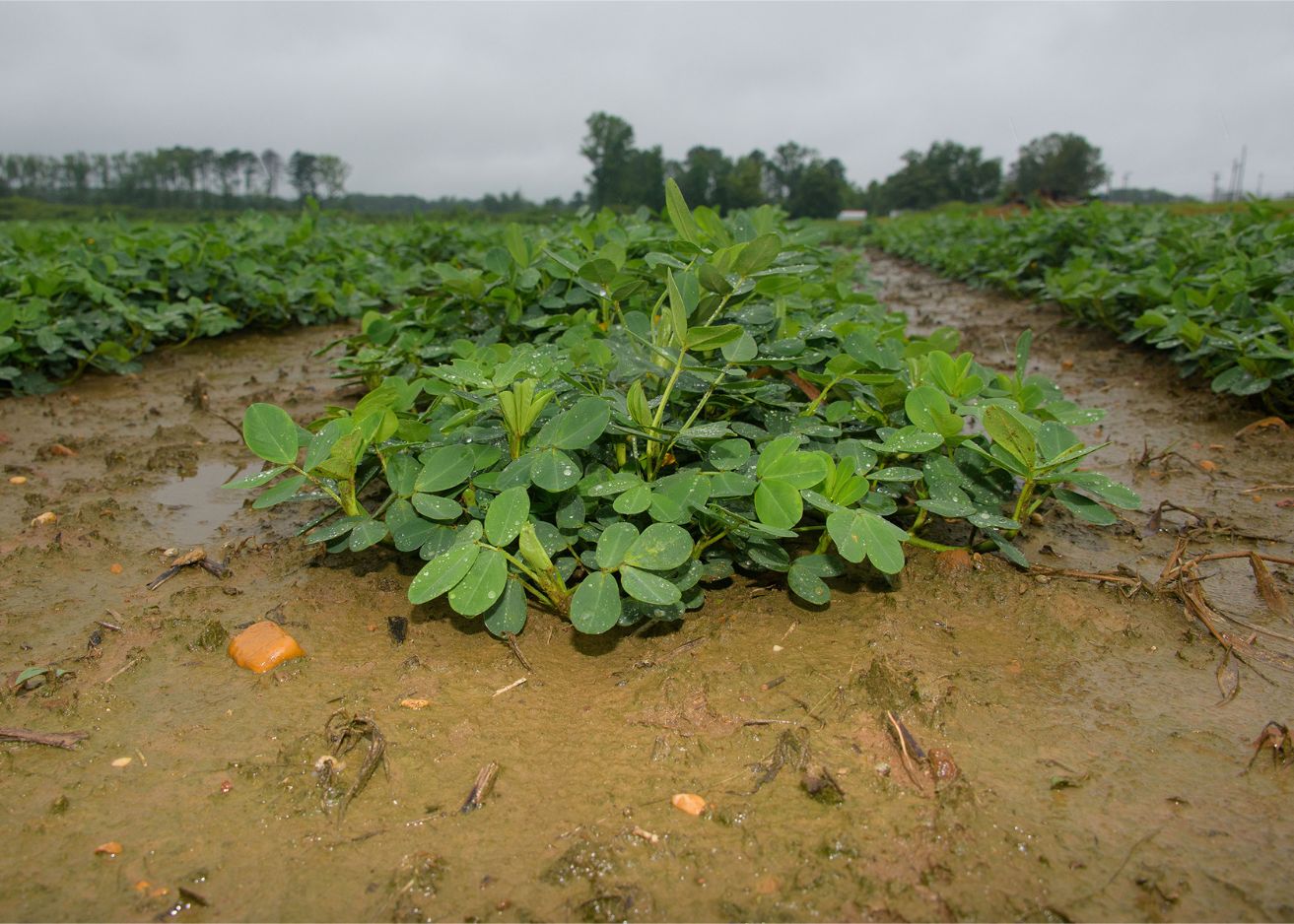
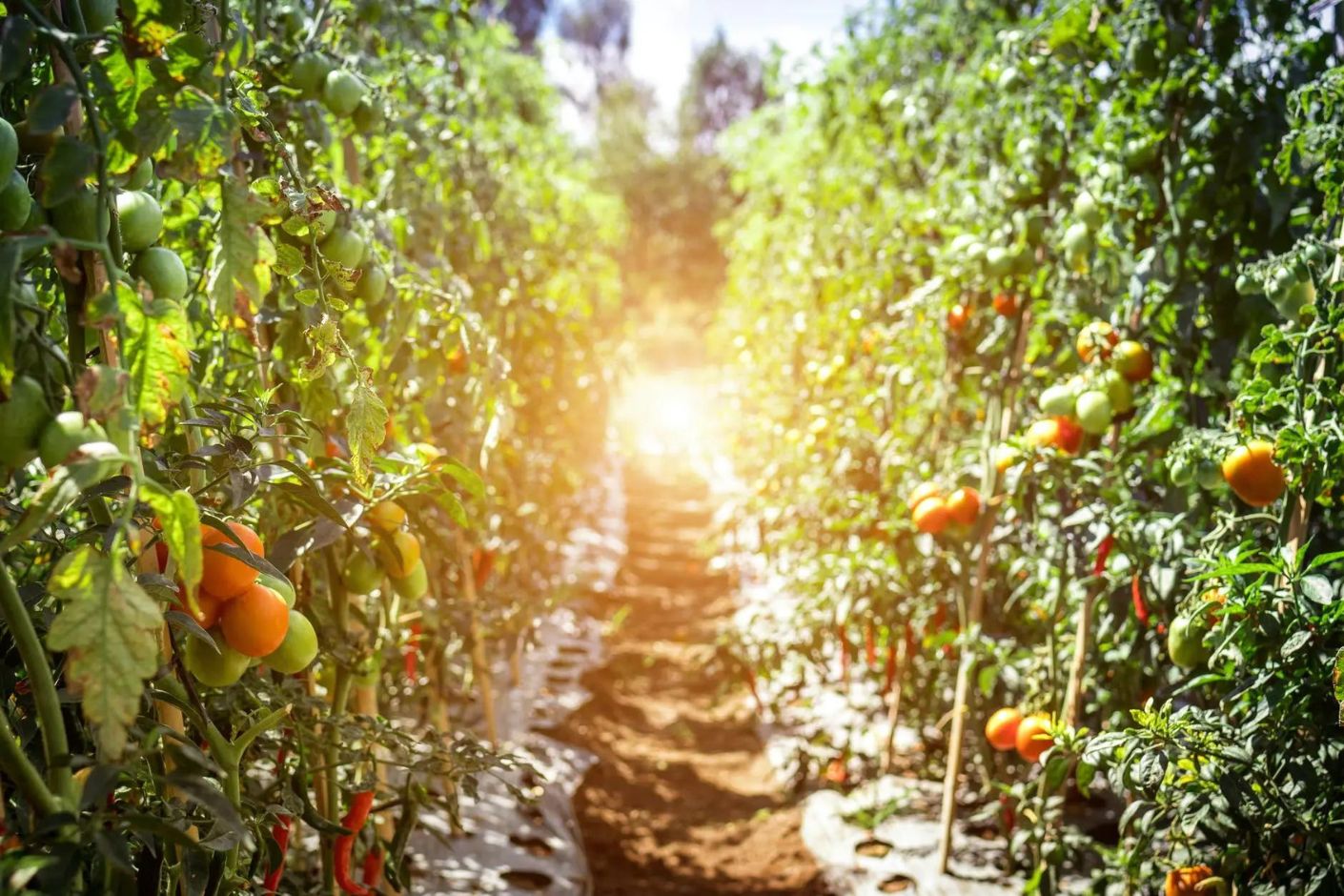
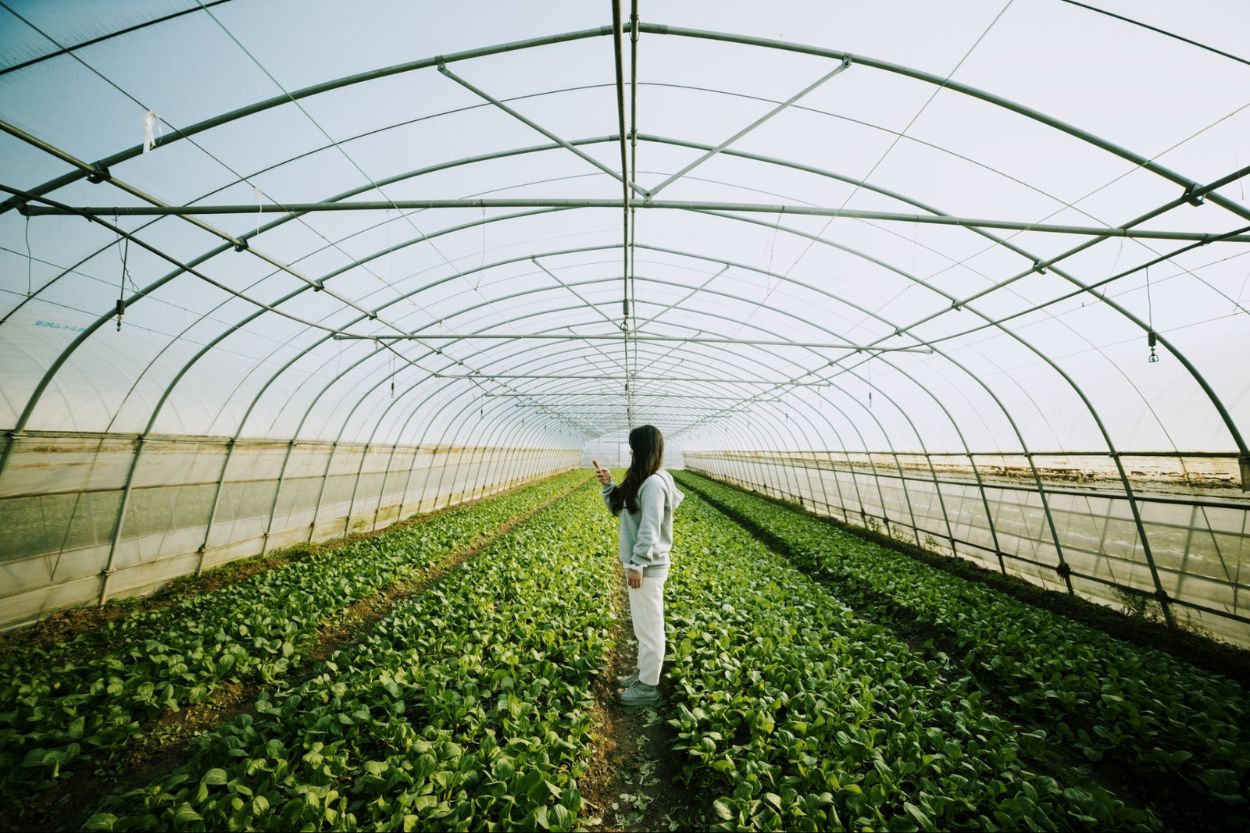
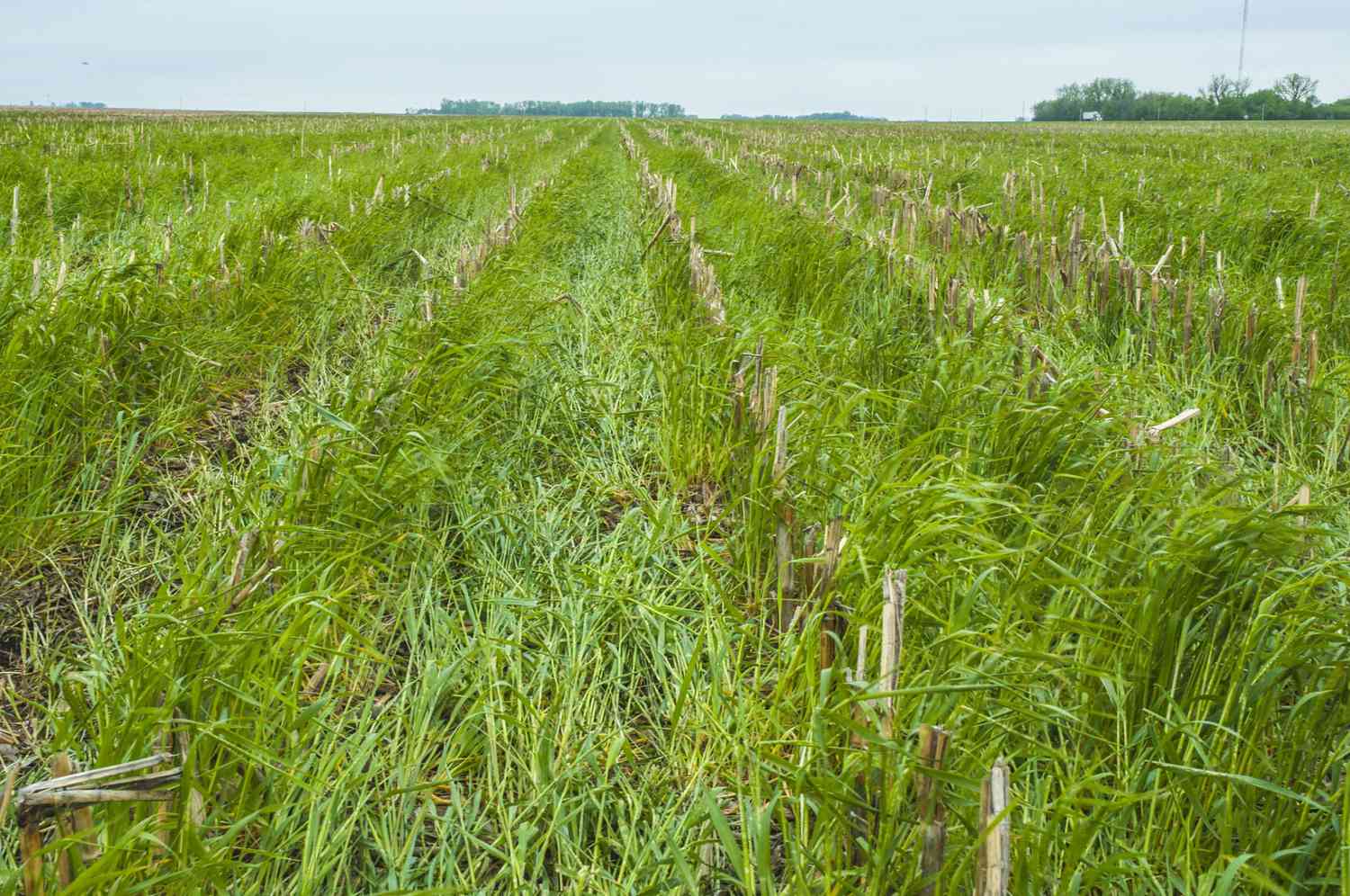

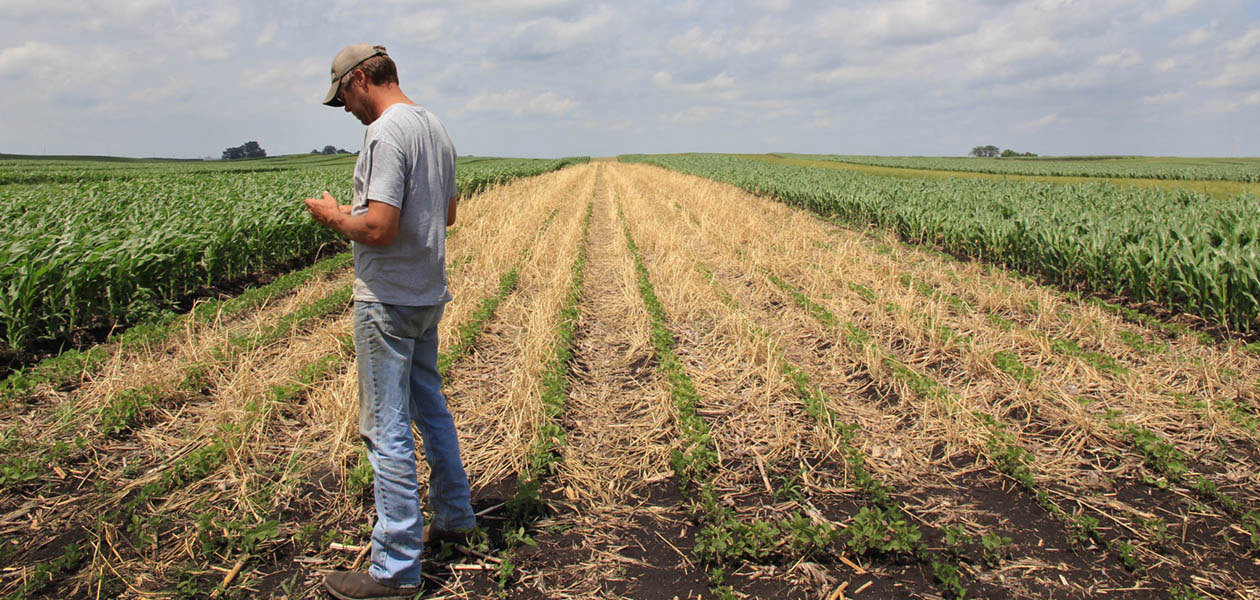
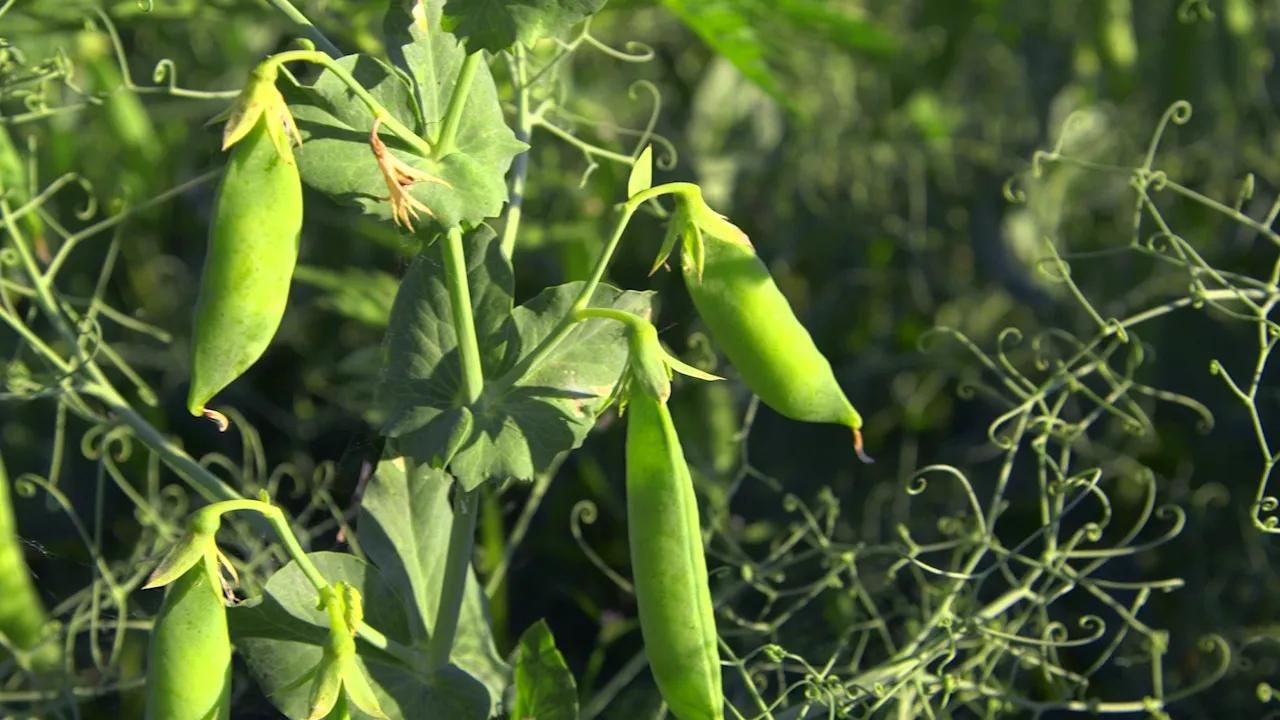
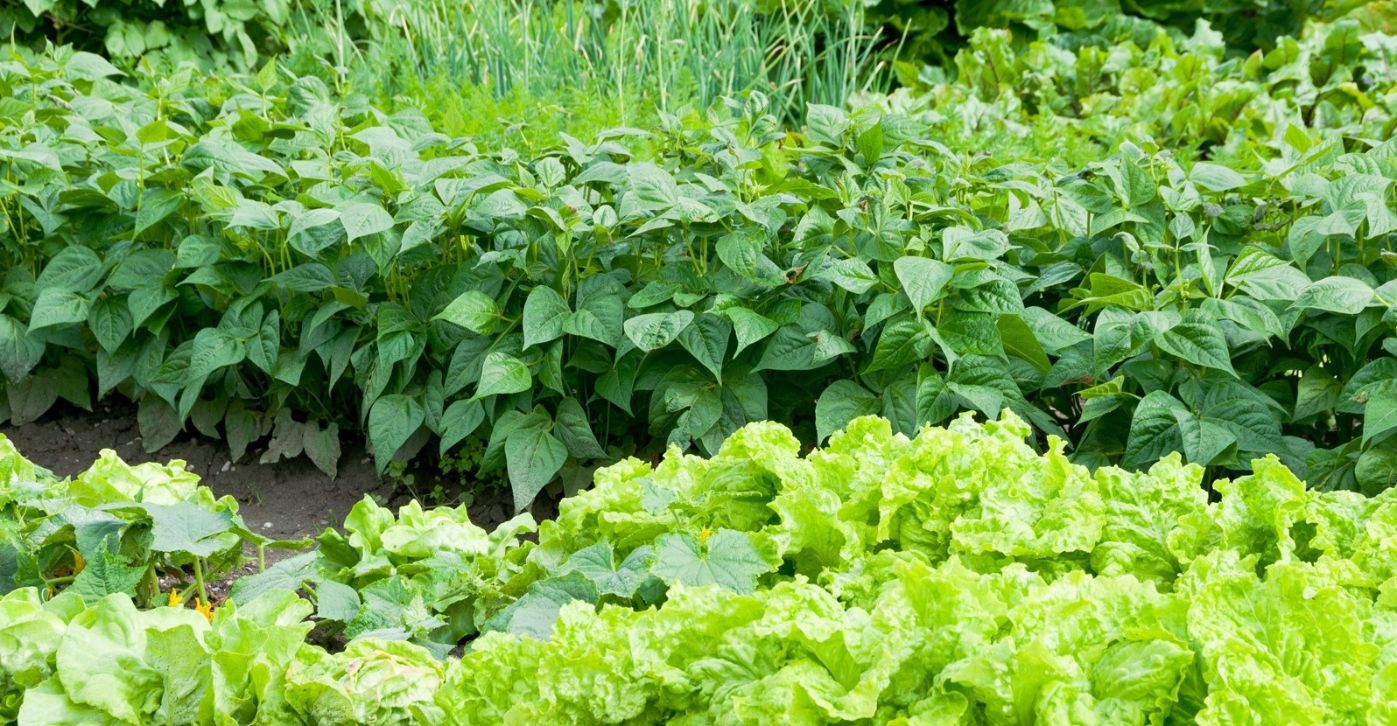


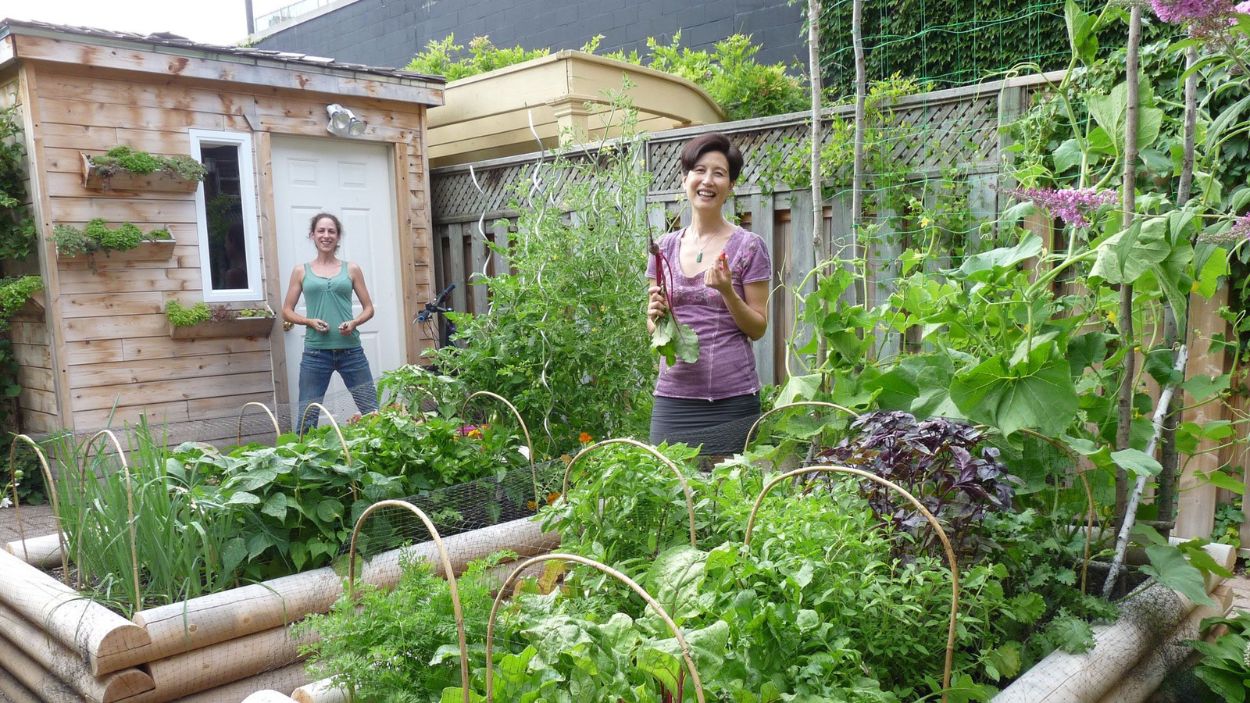
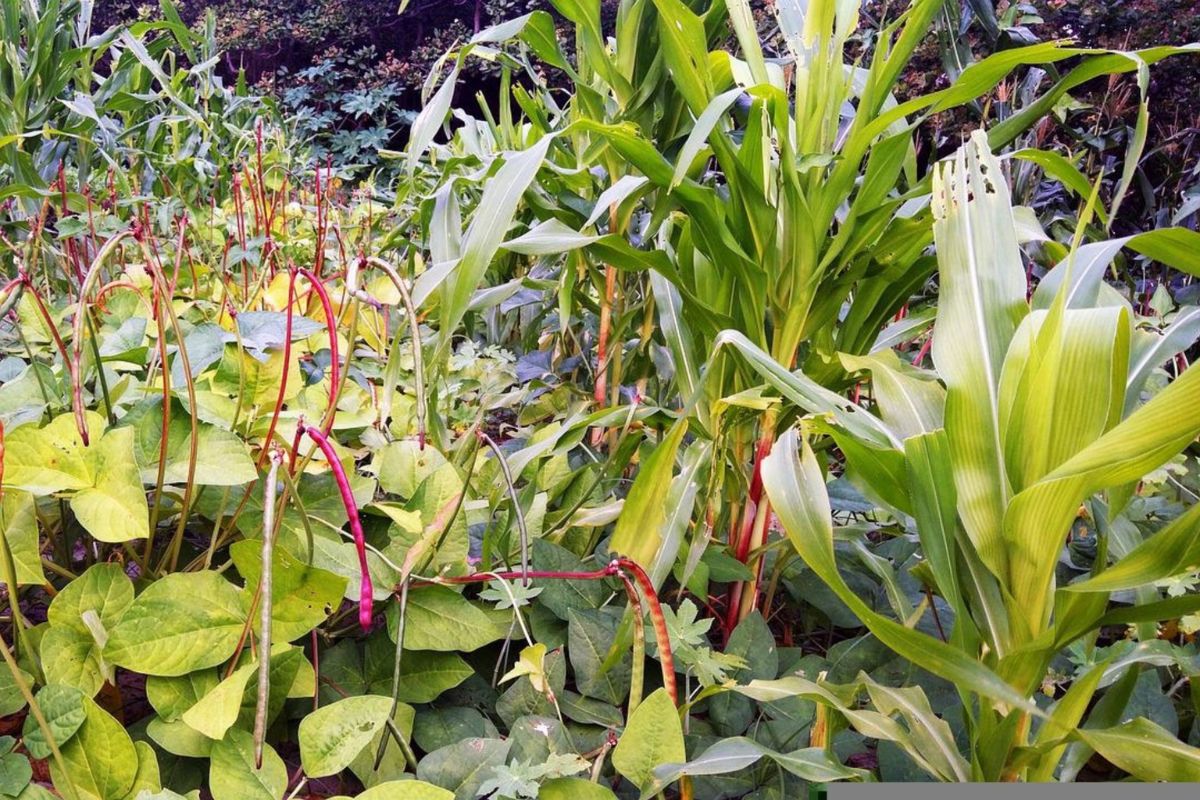
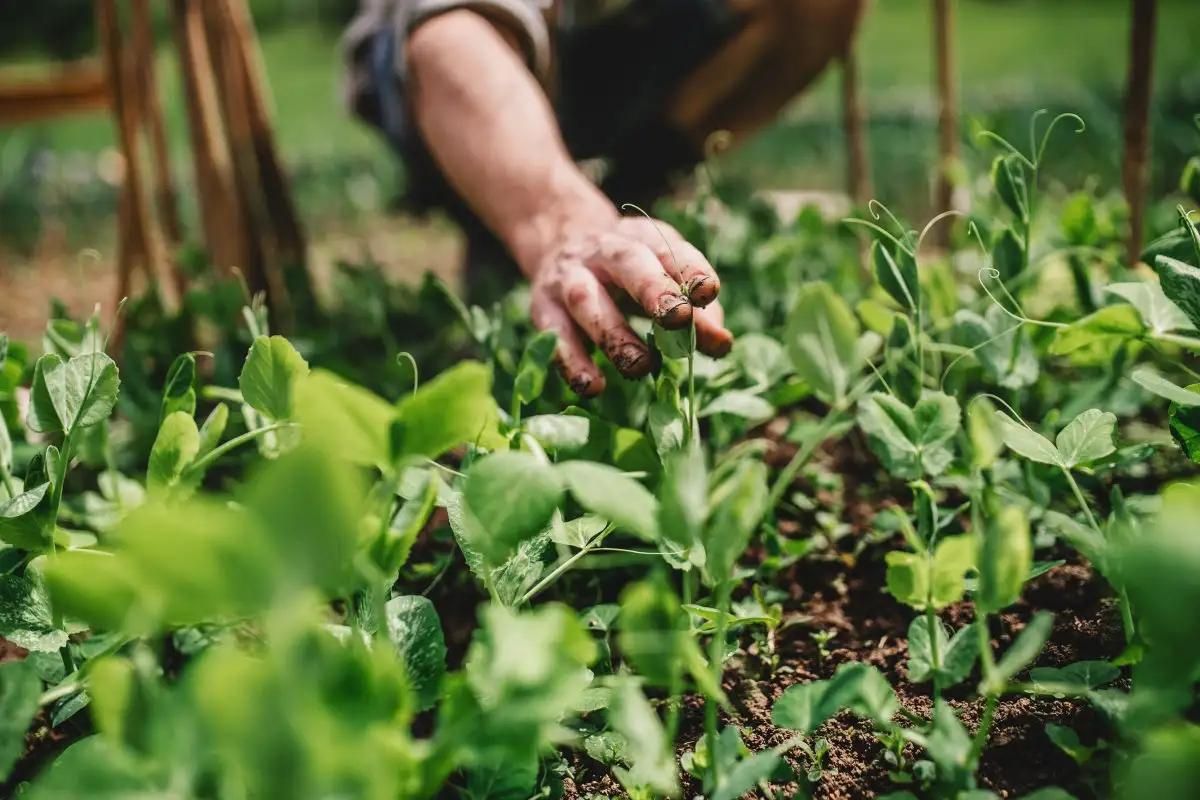

0 thoughts on “Why Is Crop Rotation Important?”